It can be very frustrating for farmers and gardeners to have the fruits of their labor destroyed and damaged by people, animals, and pests. Robbers and break-ins are inconvenient, and livestock escaping is not good for business or the animals. An electric fence is a barrier or enclosure that uses electrical currents to prevent animals or people from crossing or entering a specific area.
An electric fence is not a hard metal made of harsh barbed wires and ugly poles. They are neat, compact, and effective. Many people are worried that electric fences are lethal. However, that is not true, as only a mild but distinct shock is received by anyone who touches it.
Electric fences are affordable and the easiest fence to install yourself. No two setups are the same, for it depends on you.
How to Install an Electric Fence
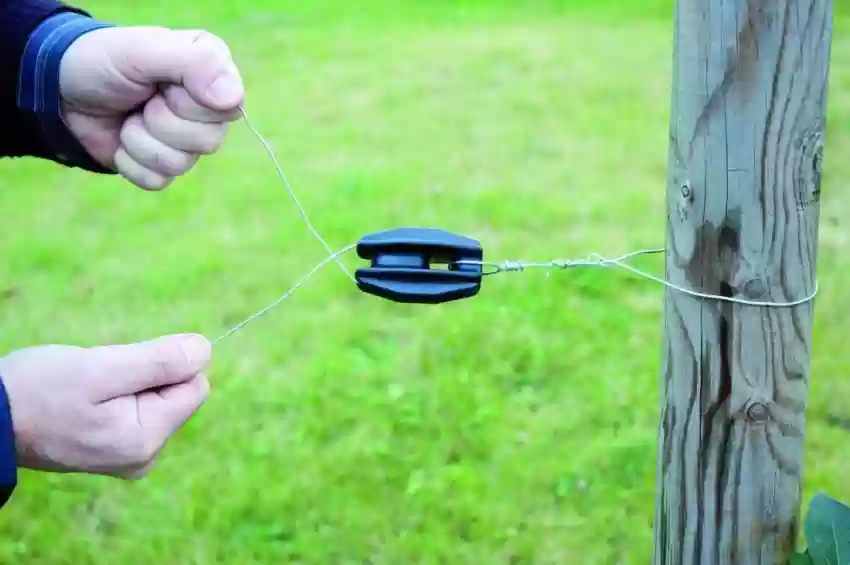
Follow the steps below to install an electric fence yourself:
1. Gather Material
- Electric Fence Energizer: This is the heart of your electric fence system. It generates the electrical pulses. Energizers come in various sizes and types, so choose one suitable for your needs.
- Fence Wires: These are conductive wires that carry the electrical charge. You may need several rolls of wire depending on the length and design of your fence. High-tensile wire is commonly used for this purpose.
- Insulators: Insulators are essential to keep the fence wires insulated from supporting posts. They come in various shapes and materials, including plastic or ceramic.
- Fence Posts: You’ll need sturdy posts to support the wire. The type of posts depends on your application. Wooden, steel, or fiberglass posts are common choices.
- Grounding System: This includes grounding rods (usually made of copper or galvanized steel) and grounding clamps. The grounding system completes the electrical circuit.
- Electric Fence Tester: A tester allows you to check the voltage of your fence and ensure it’s operating correctly.
- Other Tools You May Need: Post Hole Digger, Wire Strainers, Crimping Tool to secure wire connections, Wire Cutters, Measuring Tape, Pliers, splicers, a drill, and appropriate screws.
2. Plan Your Fence
Determine the layout and design of your fence. Measure the area you want to enclose and decide where you’ll place the fence posts, how many wires you’ll use, and where you’ll install the grounding system.
3. Install the Fence Posts
Use a post-hole digger or auger to dig holes for your fence posts. The spacing between posts will depend on the type of wire you use and the terrain, but a common spacing is 10 to 20 feet. Insert the posts and secure them firmly in the ground. Make sure they are level and evenly spaced.
4. Attach Insulators
Attach insulators to your fence posts. The insulators should keep the fence wires insulated from the posts. The number and placement of insulators will depend on your design.
5. Install Grounding System
Drive grounding rods into the ground at the appropriate location (as specified by the energizer manufacturer) and connect them with grounding clamps. Ensure good electrical contact with the earth. The grounding system is crucial for the fence’s effectiveness.
6. Install the Fence Wires
Start at one end of the fence and attach the fence wire to the first post with a suitable method, such as wire connectors or insulator brackets. Pull the wire tight and attach it to subsequent posts, ensuring it’s evenly spaced and properly tensioned. Ensure that there is no contact between wires, as this can short-circuit the fence.
7. Connect the Wires to the Energizer
Connect the fence wires to the electric fence energizer according to the manufacturer’s instructions. Typically, terminals will be on the energizer for connecting the fence wires.
8. Test the Fence
Before relying on the fence for containment or security, test it with an electric fence tester to ensure it works correctly. Ensure that the voltage on the fence is within the safe and effective range.
Uses of Electric Fences
1. Livestock Management
Farmers and ranchers use electric fences to keep livestock, such as cows, horses, and sheep, within a specific area. Electric shocks delivered by the fence are usually low-voltage and harmless but are a strong barrier to prevent animals from pushing through or jumping over the fence.

2. Security
Electric fences are also employed for security purposes around residential and commercial properties. They act as a hurdle to potential intruders by delivering a non-lethal shock when touched.
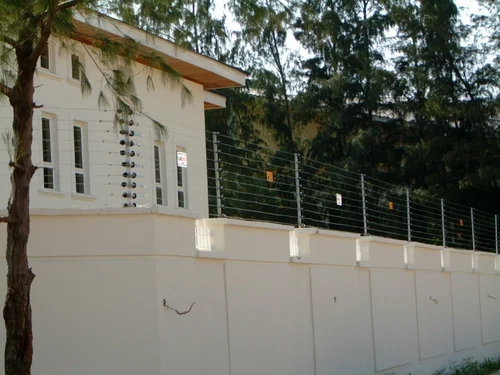
3. Wildlife Conservation
In some cases, electric fences are used to protect crops or sensitive areas from wildlife. These fences are designed to keep animals like deer or elephants away from agricultural fields or nature reserves.
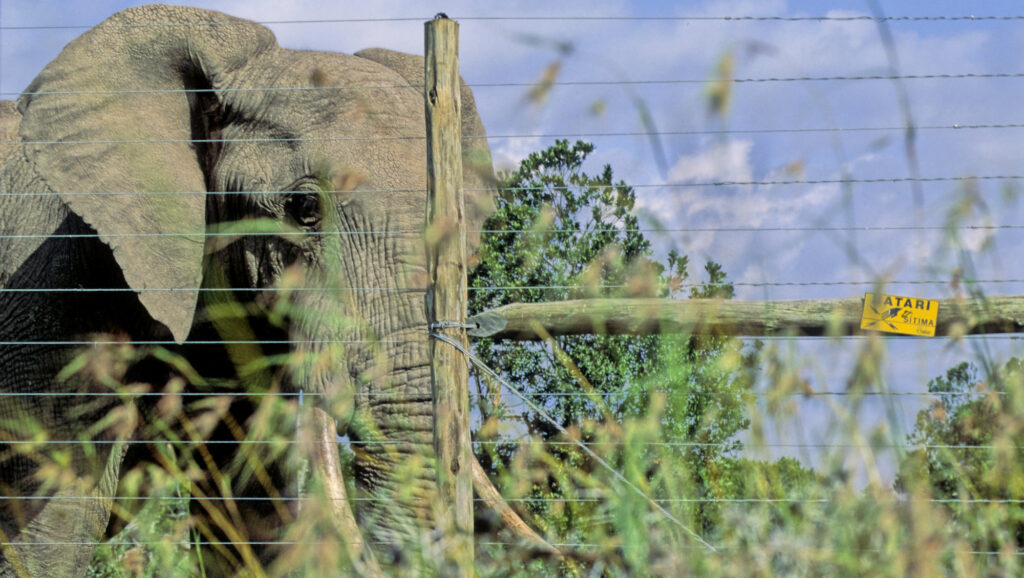
Conclusion
It’s important to note that electric fences can vary in terms of voltage and design. Some are designed to deliver only mild discomfort, while others, such as those used for security purposes, can deliver a stronger shock.
Remember that safety is important when working with electric fences. Always turn off the energizer when working on the fence, and use insulated gloves and appropriate safety gear.
Additionally, consult local regulations and consult professionals if you have any doubts about the installation process. Depending on the area, installing an electric fence is a piece of cake and can be done within a few hours.


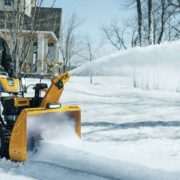
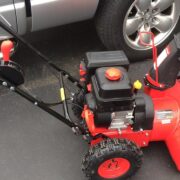
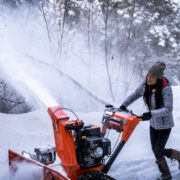
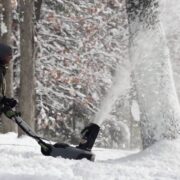
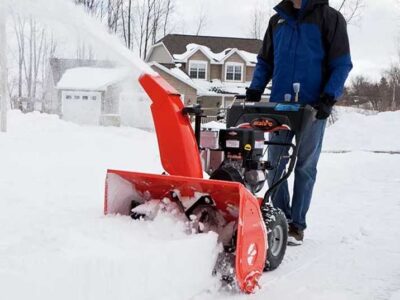

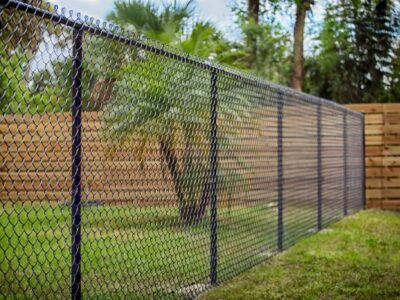
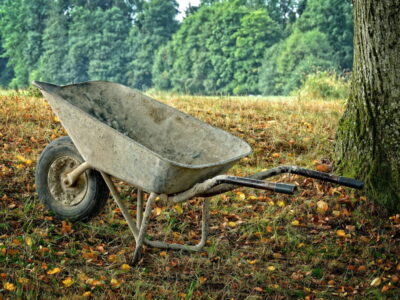
Comments